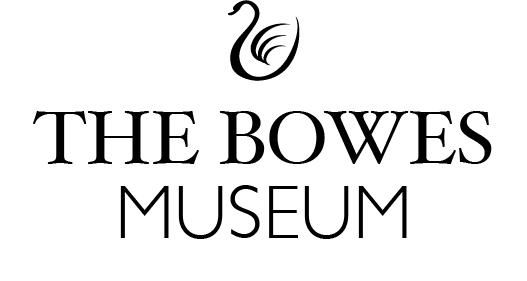
The Martyrdom of St Andrew
After the death of Christ, St Andrew is reputed to have travelled to the city of Patras in the Roman Province of Achaia (now Greece) where he converted and baptized the wife of Aegeus, the local proconsul. Outraged at the loss of authority, Aegeus commanded Andrew to offer sacrifice to the Roman gods, but was instead offered a sermon in which the Apostle instructed him in the lessons of the faith, figuring the cross as an instrument of glory and mystery rather than as a cruel and callous punishment. In response, Aegeus ordered Andrew to be flogged and then lashed rather than nailed to a cross so as to prolong—and thereby increase—his agony. While Aegeus on his return home suffered the ignominy of being seized by a devil, Andrew remained on the cross for three days before breathing his last and yielding up his soul.
Although St Andrew’s association with the saltire or x-shaped cross is not attested before the later Middle Ages, it has often been interpreted as a symbol of his humility—the assumption that he deemed himself unworthy of being crucified in the same manner as Christ. In contrast to the traditional Latin cross, where the stipes or vertical pole can be interpreted as the ‘I’ of the individual believer and the patibulum or crossbar as its denial, the saltire has commonly been thought to represent the cancellation of the ego in the service of the religious ideal. An additional implication, which explains its popularity among sadomasochists, is that it increases the prominence and vulnerability of the sexual organs.
In Tristán’s painting, St Andrew’s fate is explored in an evocative and naturalistic manner. Revealing the influence of his former mentor, El Greco, as well as that of Italian models, he dramatically explores the effects of light on the saint’s body, which, strongly lit from the upper left, forms a striking contrast with the nocturnal sky around him. The power of the composition is enhanced by the low line of the horizon, which, combined with a perspective from below, establishes an impression of sculpted monumentality. As St Andrew casts his eyes upwards towards heaven, his palms, which are extended conspicuously outwards, serve as a reminder of his pious acceptance and desire for salvation. Around him, the darkness of the sunset and the rising moon function in part as mechanisms for enhancing the mood of pathos—envisioning his sacrifice as a product of a broader cosmic confrontation—and partly as a reference to the appalling and unusually protracted duration of his suffering.
Tristán was one of the most prominent artists in early seventeenth-century Toledo, where he produced mostly religious works for the churches in and around the city. His painting of St Andrew bears similarities to Vicente Carducho’s St Andrew in Toledo Cathedral, dated 1616.
 Click to zoom and pan
Click to zoom and pan
...
Your feedback is very important to us. Would you like to tell us why?
We will never display your feedback on site - this information is used for research purposes.
Artwork Details
Title
The Martyrdom of St Andrew.
Artist
Luis Tristán de Escamilla (Toledo, 1585–1624).
Date
c. 1616–24.
Medium and Support
Oil on canvas.
Dimensions
111.1 x 93.8 cm.
Marks and Inscriptions
None.
Acquisition Details
Bequeathed by John and Joséphine Bowes, 1885.
Previous Owners
Purchased by John and Joséphine Bowes, through Benjamin Gogué, Paris, from the collection of the late Conde de Quinto, 1862, cat. no. 133, 100 francs.
Institution
The Bowes Museum, Barnard Castle, B.M.69.
Bibliography
Juan Antonio Gaya Nuño, La pintura española fuera de España: historia y catálogo (Madrid: Espasa-Calpe, 1958), p. 311 (no. 2740);
Eric Young, Four Centuries of Spanish Painting: 17th June – 17th September 1967, The Bowes Museum, Barnard Castle, County Durham (Gateshead: Team Valley Printers, 1967), p. 31 (no. 32);
José Camón Aznar, La pintura española del siglo XVII, Summa Artis 25 (Madrid: Espasa-Calpe, 1977);
Eric Young, Catalogue of Spanish Paintings in the Bowes Museum, 2nd ed. (Middlesborough: The Bowes Museum, 1988), pp. 162–63;
Véronique Gerard Powell, ‘Spanish Paintings in the Bowes Museum’, in Spanish Art in County Durham, ed. Clare Baron & Andy Beresford (Bishop Auckland: Auckland Castle Trust, The Bowes Museum, & Durham University, 2014), p. 70;
Mercedes Cerón, ‘The Martyrdom of St Andrew’, https://vads.ac.uk/digital/collection/NIRP/id/27910 [accessed: 11.07.22].
